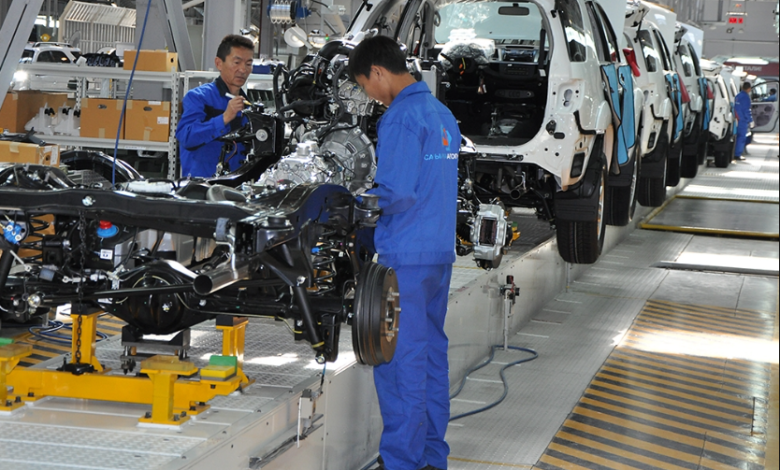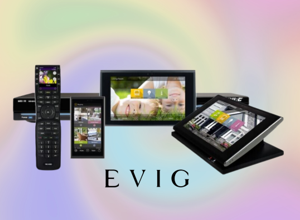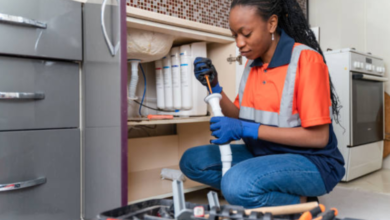How Localization Helps US Auto OEMs Compete

In today’s fast-moving auto market, US OEMs (Original Equipment Manufacturers) face fierce competition not just from domestic players but from global brands as well. One of the smartest ways US auto OEMs can stay ahead is by using localization solutions for the automotive industry. From manuals to in-car software and marketing materials, everything must speak the local language literally and culturally.
Let’s break down how localization boosts competitiveness, drives customer satisfaction, and increases revenue for US automotive brands.
Why Localization Matters More Than Ever
Exporting and importing cars isn’t simply about shipping. It’s about localizing every aspect of the experience language, dimensions, imagery, and regulatory compliance, to local markets. That’s where native-translation companies with professional translators come in. They do not simply translate words; they localize content to become relevant to target audiences.
Take this into account: Common Sense Advisory research discovered 76% of consumers would like to purchase products in their native language. That is the clear indication that US auto OEMs cannot afford to ignore localization anymore.
Real-World Example:
Ford’s expansion into the South American market is a textbook case. In introducing new models, they localized vehicle interfaces, user guides, and sales materials for Spanish and Portuguese language speakers. But they went to translation they customized content to suit driving culture, road safety practices, and regional taste. This not only accelerated local sales but also enhanced customer confidence.
Without localization, even an international brand name such as Ford would find it difficult to reach out to customers in emerging markets.
Improving After-Sales Engagement Through Localization
US OEMs General Motors and Tesla are spending significantly on post-sale maintenance services. From user manuals to infotainment system updates, all interaction points require localization.
Think of purchasing a car in Germany and receiving your owner’s manual in English. That is a friction point. Now scale that times thousands of purchasers in Europe, Asia, or the Middle East. A commercial translation company employing native translators assists in removing those kinds of barriers, making content easy to read and culturally sound.
This enhances customer satisfaction, minimizes support calls, and improves the brand experience. In competitive global markets, small wins accumulate rapidly.
See also: The Future of AI Face Swap Technology in E-Commerce
Localization Drives Compliance and Safety
Compliance with regulations is a massive issue for the auto industry. Every nation has differing safety standards, emission standards, and documentation requirements.
In this also, localization assists.
For example, Toyota’s European growth necessitated significant documentation refreshes to comply with regional environmental regulations. It teamed up with a localization specialist to translate and revise all content to ensure compliance and timely approval.
Localization solutions for the automotive sector aren’t a nice-to-have it’s frequently a legal necessity.
Case Study:
Tesla’s arrival in Europe wasn’t easy initially. Much of the difficulty was localization—or lack thereof. Vehicle interfaces and documentation weren’t completely translated for German, French, or Dutch markets early on. That created customer confusion, delayed services, and even some regulatory resistance.
Flash forward a few years, and Tesla now collaborates extensively with professional localization firms. Their updates now roll out in several languages at once, and support documents take into account local vehicle use patterns. It has increased adoption and minimized adverse feedback from European users.
Most US OEMs get caught up in relying on generic translations or in-house bilingual staff. This most often leads to patchy quality, tone clashes, and even costly misunderstandings.
Contrary to this, leading OEMs now collaborate with a specialist translation company with native translators who are industry experts. These experts immerse themselves in industry-specific lingo, regulatory guidelines, and geographical variables.
A glaring example is CCJK, a trustworthy brand offering localization solutions for the automotive industry. They provide end-to-end language solutions, from technical manuals to UI/UX localization of dashboard software, tailored to global automotive expansion.
The Competitive Edge: Better Reviews, More Sales
Localized car content leads to better product reviews, more educated consumers, and more confidence. It also boosts marketing ROI.
Let’s say you’re launching a hybrid SUV in Southeast Asia. A fully localized campaign website, ads, user guides, and voice commands make your brand feel local. That emotional connection matters more than ever, especially in markets where consumers are flooded with choices.
Automakers that invest in localization are more likely to outperform their competitors in new markets, both in customer engagement and revenue growth.
Final Thoughts
For US auto OEMs, competition around the world is intensifying. It’s not just about making great cars, it’s about delivering a better experience in each market. That’s where smart, expert localization comes in.
No matter if you’re launching into the European market, expanding throughout Asia, or selling in Latin America, choosing the right localization solutions for the automotive industry is a game-changer.
Work with a professional translation company with native translators, and you’ll ensure your content hits the mark every time, everywhere.







